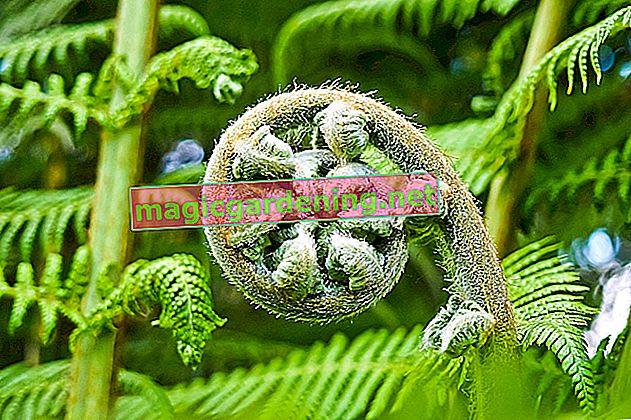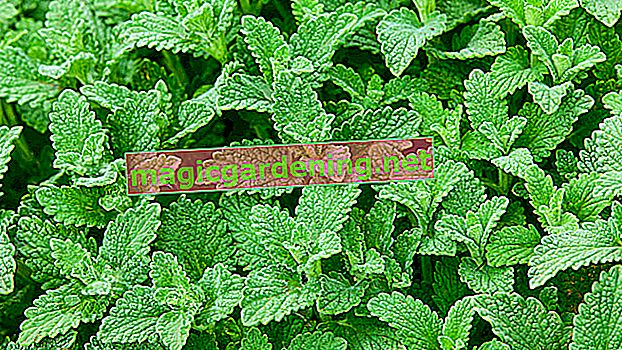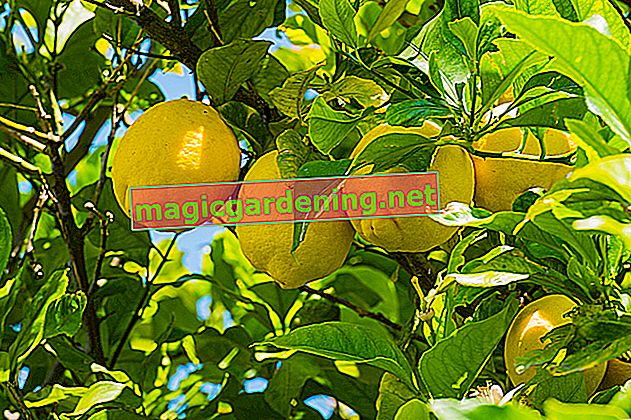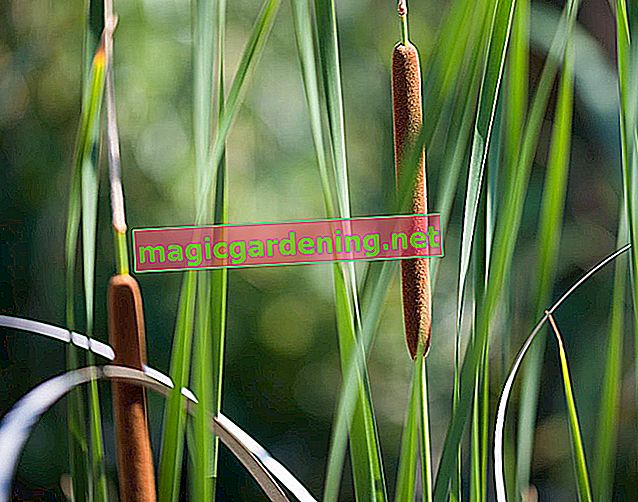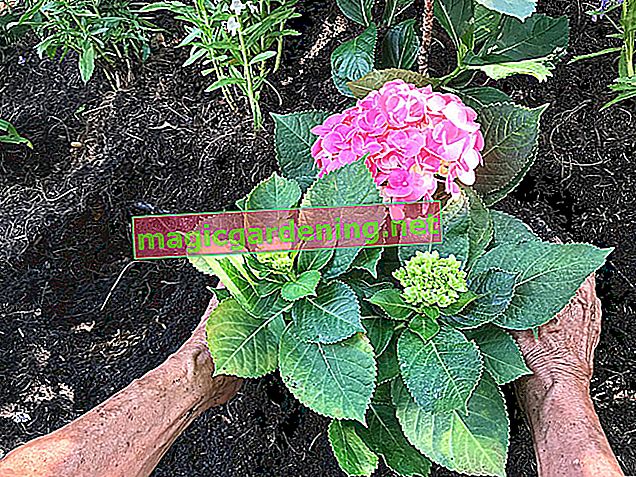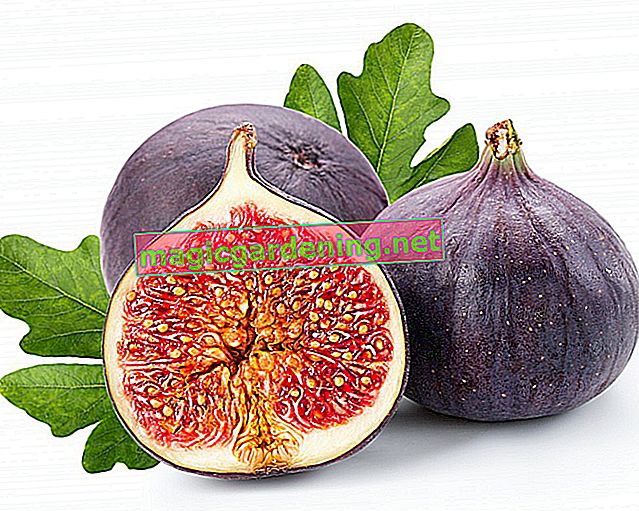
Illnesses as a result of care errors - clues and triggers
In most cases, the apparent symptoms of the disease cannot be attributed to pathogenic agents such as bacteria, viruses or fungal spores. Rather, your weeping fig reacts to mistakes in care, as the following overview shows.
also read
- Why does my Ficus benjamina have sticky leaves - tips on the causes
- Ficus benjamina is losing leaves - the 5 most common causes
- Ficus benjamina gets yellow leaves - what to do?
Shedding of green leaves
- Abrupt temperature changes
- Change of location with changed lighting conditions
- Cold draft, drafts on the open window
- Dry heating air
Yellow leaves
- Waterlogging
- Ball dryness
- Lack of light
- Hard irrigation water
Please avoid a change of location if it is not unavoidable. In order for the weeping fig to stay healthy, the temperatures must not fall below 16 degrees Celsius. During the wintering period, spray the leaves regularly with soft water. Please follow a watering schedule that guarantees a substrate of variable moisture, without wet feet or parched earth. The use of low-lime water is the top priority for a gardener when looking after a weeping fig.
Diseases Resulting from Infection - Signs and Causes
The weeping fig is not always immune to infections despite the best care. We have compiled frequently occurring diseases in indoor culture for you here:
- Yellow spots of 3 mm converge successively: leaf spot disease (Septoria)
- Green spots on the underside of the leaf, corky adhesions on the upper side: bacterial cancer
- Root rot: Verticillium wilt and other fungal pathogens
- White coating on the top and bottom of the foliage: powdery mildew
Classic home remedies against pathogens are usually ineffective as a control strategy. Various fungicides are available for use in private ornamental gardens, such as Duaxo Universal Mushroom-free from Compo or Fungisan from Neudorff. So that a disease does not spread to other plants in living rooms or on the balcony, the weeping fig should be quarantined during treatment.
Tips
Sticky leaves are not a symptom of disease. Behind this phenomenon are sucking pests that settle on the upper and lower sides of the foliage. Aphids, scale insects and others excrete honeydew, which is noticeable as a black, sticky coating. By combating the pests with home remedies or systemic insecticides, the resinous patina will also disappear.

